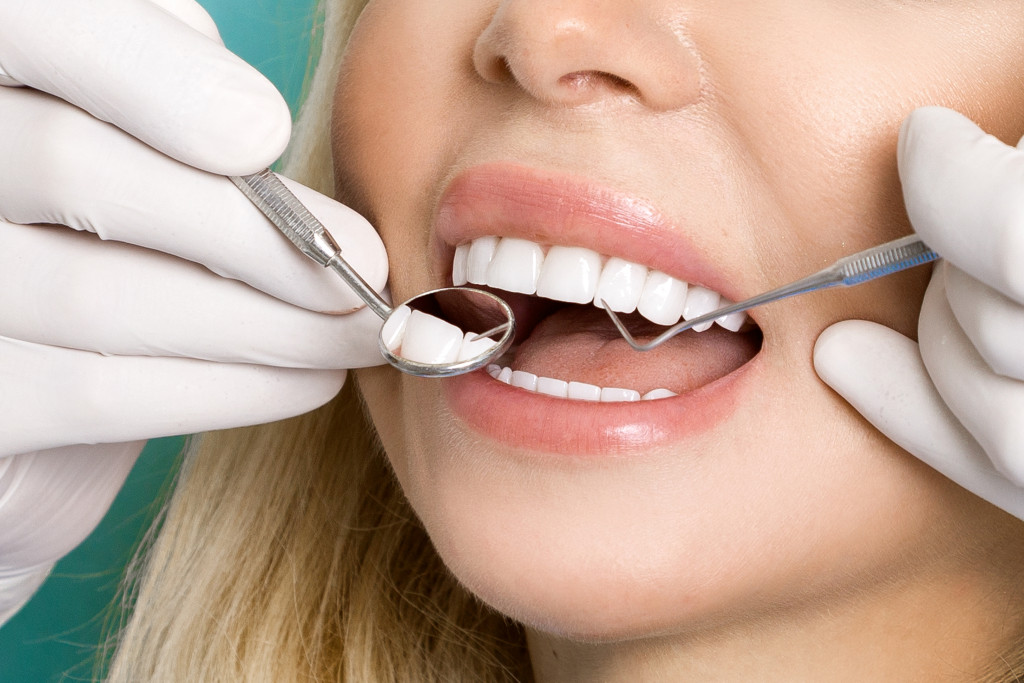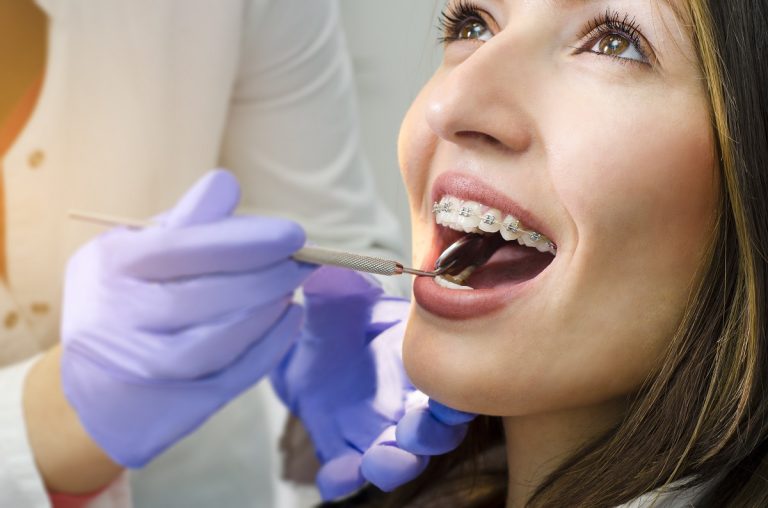Losing teeth as an adult can be a really frustrating experience. Not only does it make it difficult to eat, but it can also lead to a loss of self-esteem.
But what causes people to lose their teeth in the first place? And is there anything that can be done to prevent it?

Why Do People Lose Their Teeth?
People lose their teeth for many reasons. For example, it can be part of a natural process.
The two main types of teeth are primary, or “baby” teeth (also known as deciduous teeth) and secondary or “adult” teeth (these include all molars and premolars). All 20 deciduous teeth are present by age 6, and all 32 adult teeth are present by around age 13.
Deciduous teeth begin forming between the fourth and seventh months of fetal development. Each tooth starts as a small bud (called a bud stage) that then develops into three different sections: the root, the crown, and the neck.
Once these three sections form, a tooth is considered in the bell stage. The only thing that separates a primary tooth from becoming an adult tooth is eruption. Eruption begins at about 6 months and finishes around 12 when all 20 deciduous teeth have erupted.
By the time the child reaches 7 to 13, each primary tooth is replaced by its secondary counterpart, with the exception of the third molars (the wisdom teeth). The first adult or “permanent” molar erupts at around 6, and all 20 are present by 14.
After this, you may lose your teeth because of:
- Tooth decay or cavities
- Trauma that can cause teeth to loosen or fall out
- A lack of space in the mouth, leading to tooth loss during the development
- Crowded teeth often associated with malocclusion (when teeth don’t fit together properly)
- Impacted teeth
- Gum inflammation or disease
- Procedures like orthodontics
What Are the Consequences of Missing Teeth?
Missing some or all of your primary teeth can affect your speech, chewing ability, and appearance. When teeth are lost, you may notice that the remaining teeth shift into the empty space. This can affect how your jaw and mouth function, as well as your bite alignment.
Teeth also play a vital role in keeping you healthy by promoting an optimal chewing and speaking function and by preventing the surrounding bone tissue from decaying. If teeth are lost, this can lead to a number of problems that negatively impact your appearance and your overall health.
How Are Missing Teeth Replaced?
There are two main replacement options for missing teeth: removable partial dentures (or full dentures) and dental implants.
A tooth implant is one of the best options to replace missing teeth because they feel natural in your mouth and function just like real teeth. The process begins when tiny titanium metal posts, which are surgically implanted into your jawbone, act as anchors for replacement teeth. Once healed, replacement teeth (crowns) are attached to the metal posts and form a sturdy foundation for chewing and speaking.
Dental implants look and feel like real teeth, so they function just like natural teeth when you chew or speak. Your facial structure won’t change because there’s no bulky appliance attached to your face. They also don’t require the use of clasps, which means they can’t be dislodged or slip around while you speak and eat like partials and full dentures. Because they help preserve bone tissue, implants can also prevent your jawbone from deteriorating.
Dental implants are a great way to replace missing teeth because they provide the most natural look and function. However, there are some drawbacks to consider as well. They’re a more expensive option because they require multiple visits to your dentist to complete. Healthcare costs for dental implants may be partially or completely covered by health insurance plans, but it’s important to check with your insurer before getting treatment just to be sure.
Partial dentures are a removable appliance that help replace missing teeth. They’re made from either metal or plastic and can be attached to existing teeth for support. Partials have clasps on the back of the base that hook into your mouth to keep them in place while eating or speaking. Another benefit is that they can be taken out of the mouth for easy cleaning.
Partial dentures are great because they’re less noticeable than full dentures, but there are also some drawbacks. They can make your gums look red and swollen because there’s no direct blood supply to the area surrounding the missing teeth where they attach to existing teeth. They can also be loose and cause the remaining teeth to move.
Full dentures are also a removable appliance, but they replace all of your upper or lower teeth (or both). The base has clasps like those on partial dentures that attach to existing teeth, but full dentures cover the entire palate (roof of the mouth).
Full dentures can be helpful in replacing all your teeth, but they’re more noticeable than partials and look unnatural because they’re held together by metal clasps. Additionally, full dentures can slip or move around while you chew or speak, which makes it difficult to eat.
Teeth loss can be a traumatic experience, but it doesn’t have to mean the end of your smile. There are many ways to regain your lost teeth and get your confidence back.




